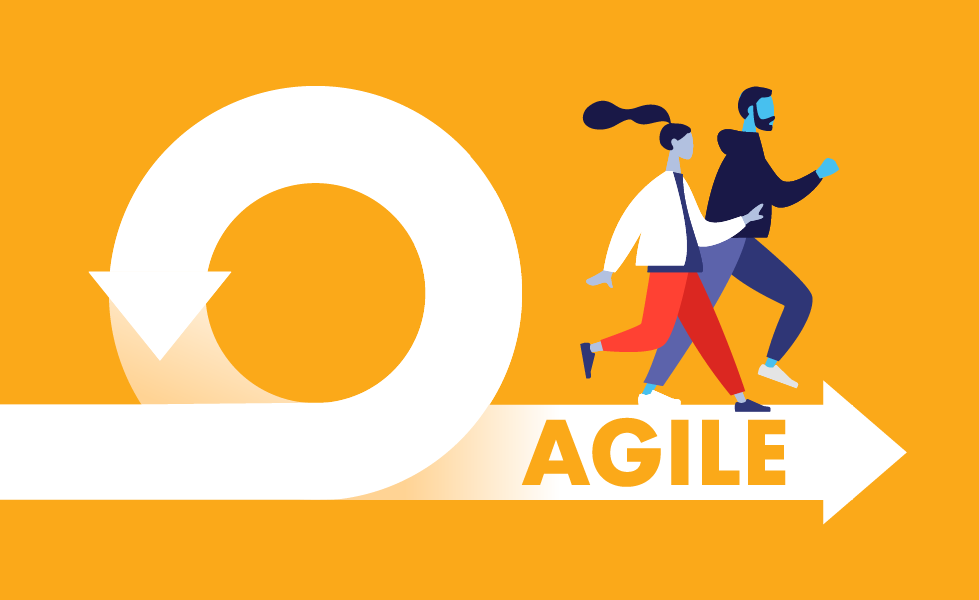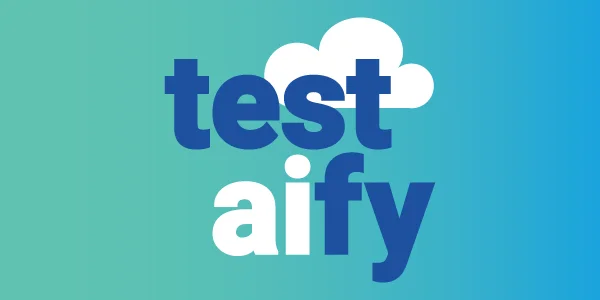Agile Testing and the Role of Automation
Agile testing integrates continuous, iterative testing with development. Test automation was the standard, but autonomous testing is the brighter future.
TABLE OF CONTENTS
Understanding Agile Software Testing
Agile software testing is an approach based on the principles of agile software development. The agile methodology involves continuous testing, feedback, and collaboration between product managers, UX designers, developers, and testers so that the product can meet user needs and expectations.
Agile testing takes a test-first approach, where testing and coding efforts take turns as the software product is being built. The agile testing life cycle is iterative, with each iteration incorporating the planning, designing, executing, and evaluation of tests.
Automation has become a critical component of the agile methodology because so much testing is necessary to exercise a software system sufficiently. This methodology aims to accelerate and integrate seamless testing into the development process. Unlike traditional testing approaches that occur at the end of the development cycle, agile testing happens continuously, ensuring that quality is baked into the product from the beginning. But what is agile testing, and how does it differ from conventional testing approaches? (If you want to know, check out this blog by our COO, Rafael E. Santos!)
The Agile Testing Life Cycle
The agile testing life cycle is an ongoing, iterative process that includes these stages:
- Planning: During the planning phase, the development team works to understand requirements and define the testing scope and objectives. Discovery is integral to planning, especially when agile testing processes are already underway within an application. Unlike other methodologies, agile breaks the work into small chunks, so planning takes less time.
- Designing: In the design phase, the development team creates test cases and scenarios based on user stories and acceptance criteria. It is better when the acceptance criteria are a set of test cases. High-performing agile teams use BDD to define the acceptance criteria for their user stories.
- Execution: This phase involves running the tests and recording the results. Agile teams want the tests to be automated so you can run them quickly. The objective is to reduce the cycle time to get feedback as soon as possible.
- Evaluation: After test execution, the results are analyzed to identify defects and areas for improvement. Continuous feedback is crucial to the agile testing process to ensure the product evolves to delight users while meeting their needs.
The agile testing life cycle is the same testing process as in other methodologies. The difference lies in the speed of execution. Agile emphasizes short iterations by working in small chunks and accelerating test execution through test automation. Testaify’s autonomous testing process is the same as you can see in this diagram:

Like Agile, Testaify will significantly increase the speed of test execution through its autonomous functional testing platform. But Testaify will do more than that. It will improve test coverage, and at the same time, it increase the speed of execution to achieve unimaginable levels of improvement. But before we explain how, let’s dig deeper into the role of automation.
The Role of Automation in Agile Testing
Test automation plays a pivotal role in the agile testing process. Agile methodologies emphasize speed and flexibility, making manual testing insufficient for keeping pace with rapid development cycles. There’s not enough time to do all the testing required to catch every defect! Automation strives to accelerate testing by allowing the development team to perform more tasks faster. In a perfect world, automation could enhance the agile testing methodology by improving team:
- Efficiency: Automated tests can run faster and more frequently than manual tests, providing quick feedback to the development team.
- Consistency: Automation ensures that tests are executed consistently, reducing the risk of human error. This consistency is vital in maintaining the reliability of test results across multiple iterations.
- Coverage: Automated testing can cover more scenarios and combinations than manual testing, increasing test coverage and improving the product's overall quality. However, traditional test automation coverage depends on how many scripts have been generated. As Rafael points out in this blog on automation, too many scripts can be just as problematic to the goal of product quality as not enough!
- Resource Optimization: Testers can focus on more complex activities, like exploratory testing, by automating repetitive and time-consuming tasks. However, the requirements of automation script writing have made it necessary for the software industry to invent roles like test engineering and QA engineering, reflecting the advanced skills required to generate test scripts for agile software testing. Developers are likewise often tasked to produce code strictly for automation.
While automation in agile testing promises better resource use and enhanced team productivity, traditional automation is time-consuming once you add up the time spent writing and maintaining fragile test automation scripts. There has to be something better.
Agile Testing Processes with Testaify
Testaify's autonomous functional testing platform leverages AI to perform continuous testing, ensuring high efficiency and accuracy. Testaify’s AI Discovery Engine can understand a web app in just minutes, and its AI Execution Engine can generate extensive test cases using advanced software testing methodologies like State Transition Coverage and Equivalence Class Partitioning. This advanced AI technology ensures that your testing process is at the forefront of innovation.
Implementing agile testing processes requires a robust framework supporting continuous integration and delivery (CI/CD). Testaify's platform is designed to integrate with CI/CD pipelines, enabling continuous testing throughout the development cycle.
Testaify's AI-driven functional testing automates the entire testing process, from test case generation to execution. This allows your development team to focus on finding analysis to validate any defects and take steps to fix them quickly. This efficiency ensures that your testing process is robust and reliable.
Also, because Testaify conducts discovery each time you launch a new test session, you’ll know that the Testaify AI is absorbing code changes you’ve made within your app. You won’t have to worry about prioritizing the proper tests in the time allotted for testing; Testaify can deliver more tests in less time to fully exercise your application.
You'll be on a genuine path of agile testing automation as you run test sessions with Testaify, review findings, and make changes (rinse, repeat). But this time, automation will live up to its promises because AI powers it.
Automation in agile testing is yesterday’s standard. Autonomous testing is the future.
The agile testing process is essential for delivering high-quality software while protecting morale, timelines, productivity, and budget. The agile methodology emphasizes continuous integration, collaboration, and rapid feedback. Testaify's autonomous testing platform enhances agile testing by using AI to manage the testing process so you can focus on reviewing findings. With plans that allow you to test on-demand or as much as you want per web app, Testaify ensures that your agile testing methodology is robust, scalable, and reliable.
Embrace the future of agile software testing with Testaify and confidently deliver exceptional user experiences. If you haven’t reviewed our pricing options, it’s time to do so! Then, join our waitlist to be part of the testing revolution. The agile testing revolution!
PS, I'd like to thank our COO, Rafael E. Santos, for reviewing this blog to ensure its accuracy and usefulness. Research only gets you so far; decades of experience is essential. I'm so proud of this team and their expertise, wisdom, and insight that can only be gained from the school of hard knocks: from leading testing teams, managing products, and being the final stop on the quality train. Testaify is special, and I'm thrilled to be here!
About the Author
 Lisa Fatolitis, Testaify's marketing director, is excited to be with this team on the front lines of the AI revolution. She has an MBA with a marketing emphasis and a BA in Medieval History, two cats, and loves designing marketing programs that unite products with the people who need them. Lisa is a certified product owner.
Lisa Fatolitis, Testaify's marketing director, is excited to be with this team on the front lines of the AI revolution. She has an MBA with a marketing emphasis and a BA in Medieval History, two cats, and loves designing marketing programs that unite products with the people who need them. Lisa is a certified product owner.
Take the Next Step
Book a walkthrough to see how bringing Testaify to your development process will save time and help you push quality forward!



